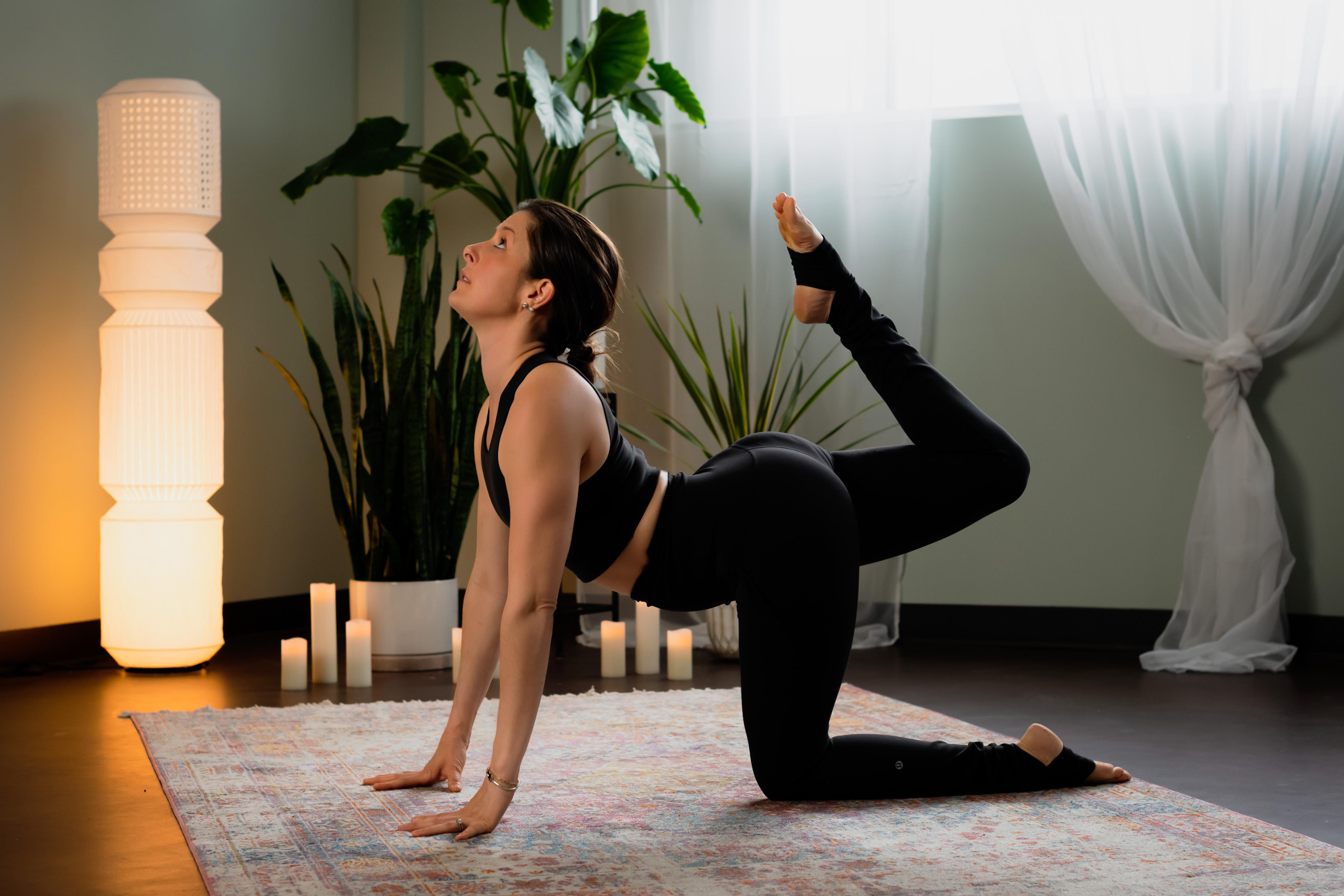In today’s fast-paced world, where the demands of daily life often leave us hunched over screens and burdened by stress, the importance of maintaining a strong and healthy posture cannot be overstated. “” is here to gently guide you on a transformative journey towards improved well-being. This article is designed with empathy at its core, understanding the unique challenges each of us faces, and offering practical, compassionate solutions through the timeless practice of yoga. Whether you’re a seasoned practitioner or a curious beginner, this guide aims to meet you where you are, providing insights and techniques that nurture both body and mind. Embrace the opportunity to reconnect with yourself, enhance your posture, and build strength in a way that honors your individual journey.
Understanding Your Body: A Compassionate Approach to Yoga
Yoga is more than just a series of poses; it’s a journey of self-discovery and self-acceptance. Embracing your body’s unique capabilities and limitations is essential in cultivating a practice that is both effective and nurturing. Here are a few key principles to guide you:
- Listen to Your Body: Each day brings a different set of circumstances and physical conditions. Some days you may feel more flexible, while others may require a gentler approach. Pay attention to what your body is telling you and adjust your practice accordingly.
- Prioritize Alignment Over Depth: Instead of pushing yourself to achieve the deepest stretch, focus on maintaining proper alignment. This approach not only prevents injury but also enhances the effectiveness of the pose, building strength and stability over time.
- Practice Patience and Compassion: Progress in yoga is not always linear. Celebrate small victories and be patient with setbacks. Treat yourself with the same kindness and understanding that you would offer a dear friend.
By integrating these compassionate principles into your yoga routine, you will not only improve your posture and strength but also foster a deeper connection with yourself. Remember, yoga is a personal journey—honor your path and enjoy the unfolding process.

Mindful Movements: Poses to Improve Posture and Build Strength
Embarking on a journey to improve your posture and build strength through yoga is not just about physical transformation; it’s about embracing a holistic approach that nurtures your body and mind. Here are some key poses that can help you on this journey:
- Mountain Pose (Tadasana): A foundational pose that promotes awareness and alignment. Stand tall with feet together, grounding through your feet while lifting through the crown of your head. This pose is a reminder of your inner strength and balance.
- Cat-Cow Stretch (Marjaryasana-Bitilasana): A gentle flow between these two poses warms up the spine, encourages flexibility, and enhances body awareness. It’s an opportunity to tune into your breath, allowing each inhale and exhale to guide your movement.
- Plank Pose: More than just a core-strengthening exercise, this pose challenges your entire body. Align your shoulders over your wrists and engage your core, feeling the support of your own strength.
Remember, each pose is an invitation to listen to your body and cultivate patience and self-compassion. As you practice, embrace the present moment and honor where you are on your journey. Progress may be gradual, but every small step brings you closer to enhanced posture and strength.

Breath and Balance: Integrating Mindfulness into Your Practice
Mindfulness is the gentle thread that weaves together breath and movement, creating a tapestry of tranquility and strength in your yoga practice. By focusing on the breath, you invite a deeper connection with your body, allowing each pose to become a dance of grace and stability. When you mindfully engage your breath, you cultivate a sense of balance that is both physical and emotional, anchoring you in the present moment and fostering a profound sense of peace.
- Observe Your Breath: Start by simply noticing your breath as it flows in and out. Feel its natural rhythm without trying to change it. This awareness will guide you in aligning your movements with your breath.
- Synchronize Movement and Breath: As you move through each pose, let your breath lead the way. Inhale as you expand and exhale as you contract, creating a seamless flow that enhances your posture and strengthens your body.
- Ground Yourself: Feel the earth beneath you as you practice. Use your breath to deepen your connection with the ground, enhancing your stability and balance in each pose.
Embracing mindfulness in your practice not only enhances your physical strength and posture but also nurtures a compassionate awareness of your own limitations and progress. It teaches you to listen to your body’s needs and to honor its journey, transforming your yoga practice into a sanctuary of self-discovery and self-love.
Personalizing Your Practice: Tailoring Yoga to Your Unique Needs
Yoga is a deeply personal journey, and recognizing your individual needs can transform your practice from a routine exercise into a meaningful experience. Whether you’re aiming to enhance posture or build strength, adapting your yoga routine to fit your unique requirements can yield remarkable benefits. Begin by identifying your goals—do you wish to alleviate back pain, increase flexibility, or perhaps build core strength? Acknowledging these intentions will guide you in selecting the most effective poses and sequences.
- Listen to Your Body: Each person’s body is different. Pay attention to how your body responds to different poses. Adjusting the alignment or depth of a pose can make a significant difference in both comfort and effectiveness.
- Utilize Props: Props such as blocks, straps, and bolsters can offer support and enhance your practice. They allow you to achieve proper alignment and maintain poses longer, which is crucial for building strength and improving posture.
- Modify Poses: Don’t hesitate to modify poses to better suit your body’s needs. For instance, if a full plank is too challenging, try lowering your knees for a half plank. This modification still builds strength while reducing strain.
Embrace a mindset of exploration and patience. Progress may not be immediate, but with consistent practice tailored to your needs, you’ll notice improvements in posture, strength, and overall well-being. Remember, yoga is not about achieving perfection but about fostering a deeper connection with yourself.








































